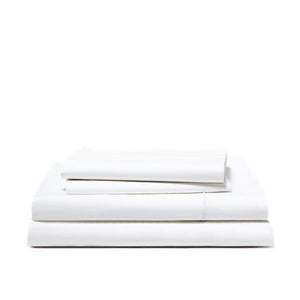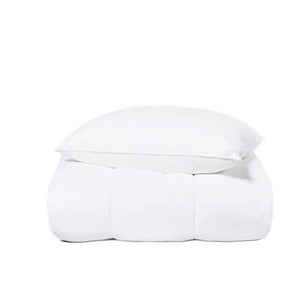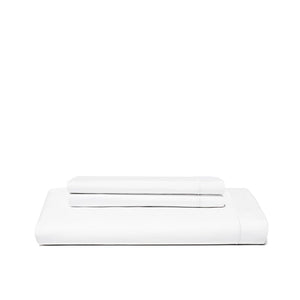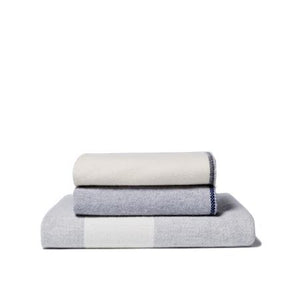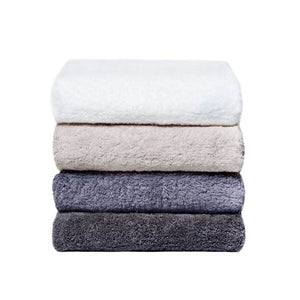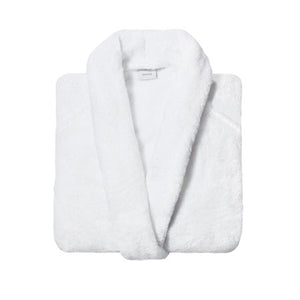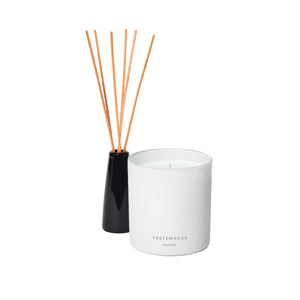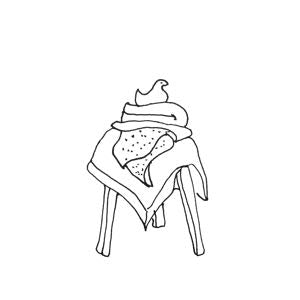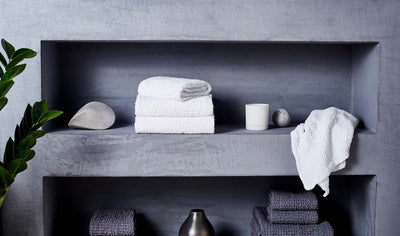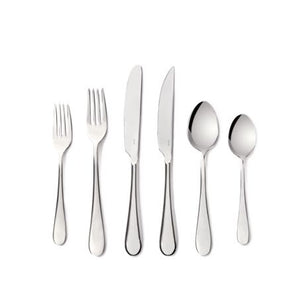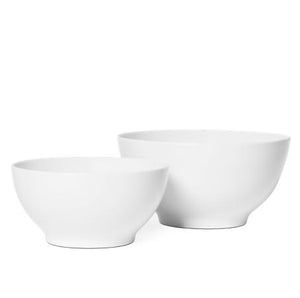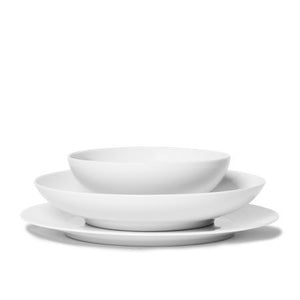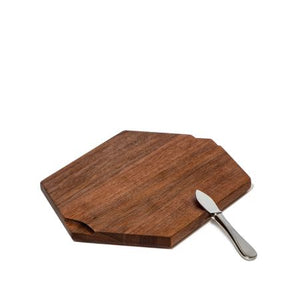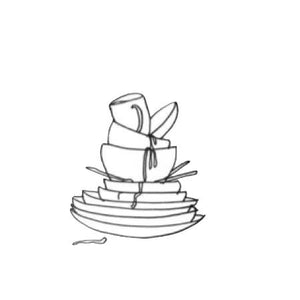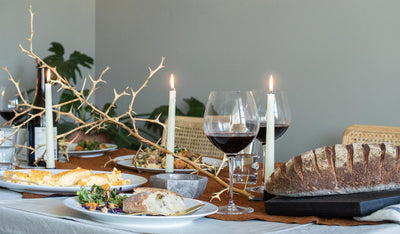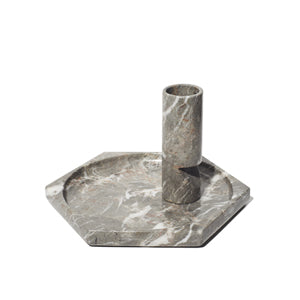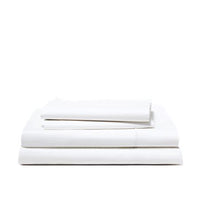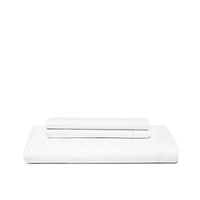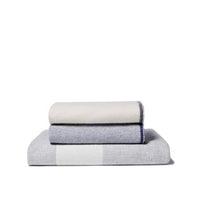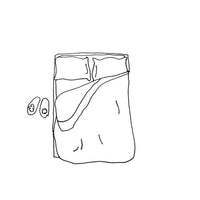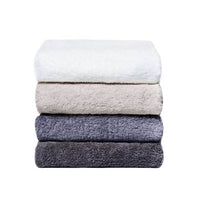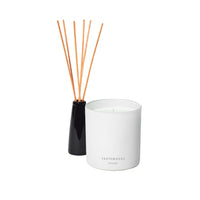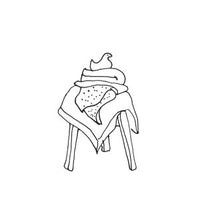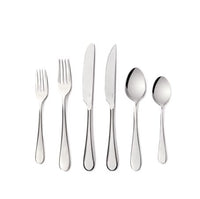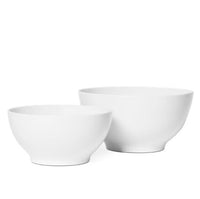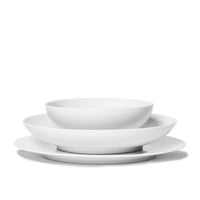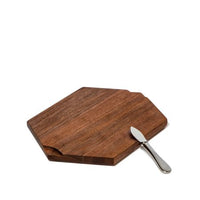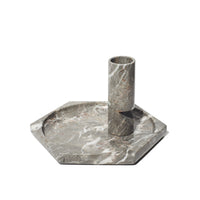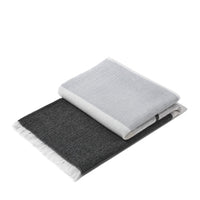
Champagne has been done. Here’s our picks for sparkling options that will be the toast of the night.
Not to be a brut: but not all sparkling wines are created equal. Step out of your champagne expectations and let something new bubble to the surface. Here are a few of our favorite bottles at the moment, as well as a few tidbits to help you toast to their finer points.
Ameztoi Getariako Txakolina
SPAIN

Category: Straight up fun
First you’ll notice the agitation and effervescence. Second, pouring it is a game in itself. Traditionally, this should be poured from at least a foot in the air into a flat-bottomed glass like our short tumblers. The real pros in Spain can go their full wingspan and behind the back. Wait til you see what your crew can do. The Basque varietal, hondarrabi zuri, is a unique one, that’s on the rise as more chefs start to spread the gospel of pintxos and txakoli tradition worldwide.
Taste:
Acidic (on the orchard side) and youthful, closer to a natural wine with a big mineral finish. The carbonation is a natural by-product from capping the wine in fermentation.
Perfect for:
Someone who doesn’t like the yeasty/breadiness of champagne but still wants to celebrate with something modern.
Gloria Ferrer Blanc de Blancs
CALIFORNIA

Category: Ultimate Value
This grape is the U.S. offshoot of the Freixenet empire, grown on European champagne clones. The vineyard doesn’t sit on the Sonoma coast but up in the Carneros Valley toward Napa, so the more even and cooler temps mimic Champagne region. The difference from its European counterpart: California sunshine means it’s even more approachable. And it’s priced so you can overpour.
Taste:
Mostly citrus-forward with just the tiniest bit of sweetness (some vanilla, brown sugar).
Perfect for:
Everybody. This 100% Chardonnay is gentle and balanced. Everybody is going to talk about how it’s just right.
Pierre Gimonnet et Fils, Premier Cru
CHAMPAGNE, FRANCE

Category: Classic Done Right
This is a champagne drinker’s champagne—traditional but not tired. It’s a “grower,” meaning the winemaker and producer are also cultivating all of the grapes in the bottle as opposed to buying across the different crus. They tend to be smaller than the prestige champagne houses, so they’re a little freer to tinker with blends over time. Oh, you don’t know about the champagne houses? Here’s a quick primer: there are three tiers of the villages in champagne. There are 17 grand cru (the best of the best) and 44 premier cru. These grapes are sourced from this second tier, but the Gimonnet family is on record of preferring the premier crus to blend and create balance because of their added variation in flavor and terroir.
Taste:
Lots of fresh minerals and pepper to cut the natural citrus and yeast notes. It’s clean and beautiful.
Perfect for:
When you want to show off and open something special.
Schramsberg 2018 Brut Rosé
CALIFORNIA

Category: Style Points
A stylish selection—its brut rose sparkling color means the glass looks as good as it tastes. This is about as hand-crafted as you can get—and you can taste the results. The vineyard still handpicks grapes from its personal caves, which fun fact were the first-ever hillside caves dug in the Napa Valley region. Unlike most sparkling houses, Schramsberg actually does a yearly vintage rather than mixing vintages to achieve a signature NV blend. This allows them to showcase flavors unique to the year and keep surprising with new expressions.
Taste:
The 2018 reflects the year’s long and temperate growing season—making for a brighter and more strawberry taste than other vintages.
Perfect for:
A nice and fruity counterpoint to cheese or act as a post-dinner/dessert selection.
Concerto Lambrusco Reggiano
ITALY

Category: Unexpected
Lambrusco gets a bad rap because when its frizzante style goes wrong too much sugar gets left in the bottle before the second fermentation, making for sickly sweet results. But this sparkling red gets everything right. The winemaker left a fair amount of tannin on the palette to balance the mouthfeel and bring some surprising acidity.
Taste:
More prune/violet and floral/dried fruit than saccharine sweet.
Perfect for:
Pairing with a charcuterie board. It is made in Emilia-Romagna, home to the best balsamic and prosciutto, so it offers a sweeter, yet still balanced, counterpoint to all that salt and fat.
